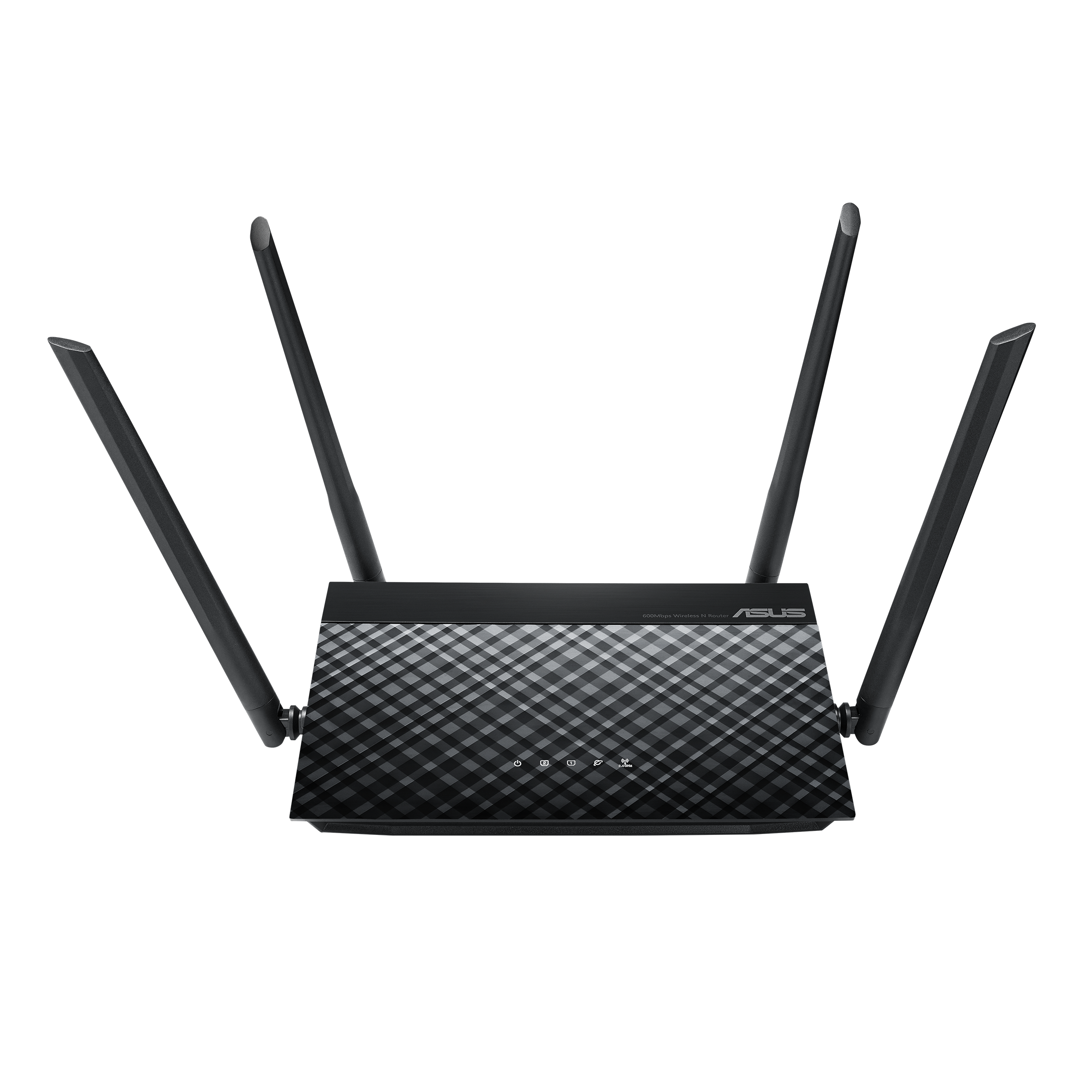


The world of routers, repeaters, access points, routers - it is complicated! I'm sure many will agree that it is. The people who purchased these devices and have configured them themselves know exactly what I mean. You will find many articles on our website about setting up specific routers, Wi-Fi networks, and other features. I write a lot about routers. However, many people don't know what they do or what they look like.
We all know it's a small, portable box with an antenna that allows us to connect via Wi-Fi.
A router is, in a nutshell, a device that distributes the internet among devices that are connected to it. Via a network cable (computers, TVs, etc. ), via Wi-Fi (smartphones/tablets, laptops).
The router connects all the devices to a network that can be used to share files or allow you play games. It also allows you access the Internet if it's configured.
Forgive me, experts. They will absolutely spit at what I have to say (especially the word "distributes"); but, it is much easier for me to explain what device this is.
Ethernet – A network cable that plugs straight into a computer’s network card.
ADSL refers to when a telephone connection to a modem is made (often with Wi-Fi capability, which is essentially a modem equipped with a router function or vice versa), then to the modem from which the modem can be connected to the computer via a network cable.
Or, surf the Internet via a USB 3G/4G modem. This is where we plug our modem into a USB slot on our computer and surf it.
These are three of the most popular ways to connect with the Internet. You can't connect multiple devices simultaneously to the Internet and you can not connect via Wi-Fi. You can only use one modem or one cable.
Wi-Fi routers enable you to do just that. They can be used to distribute internet access to multiple devices. Both via a wire and via Wi-Fi networks.